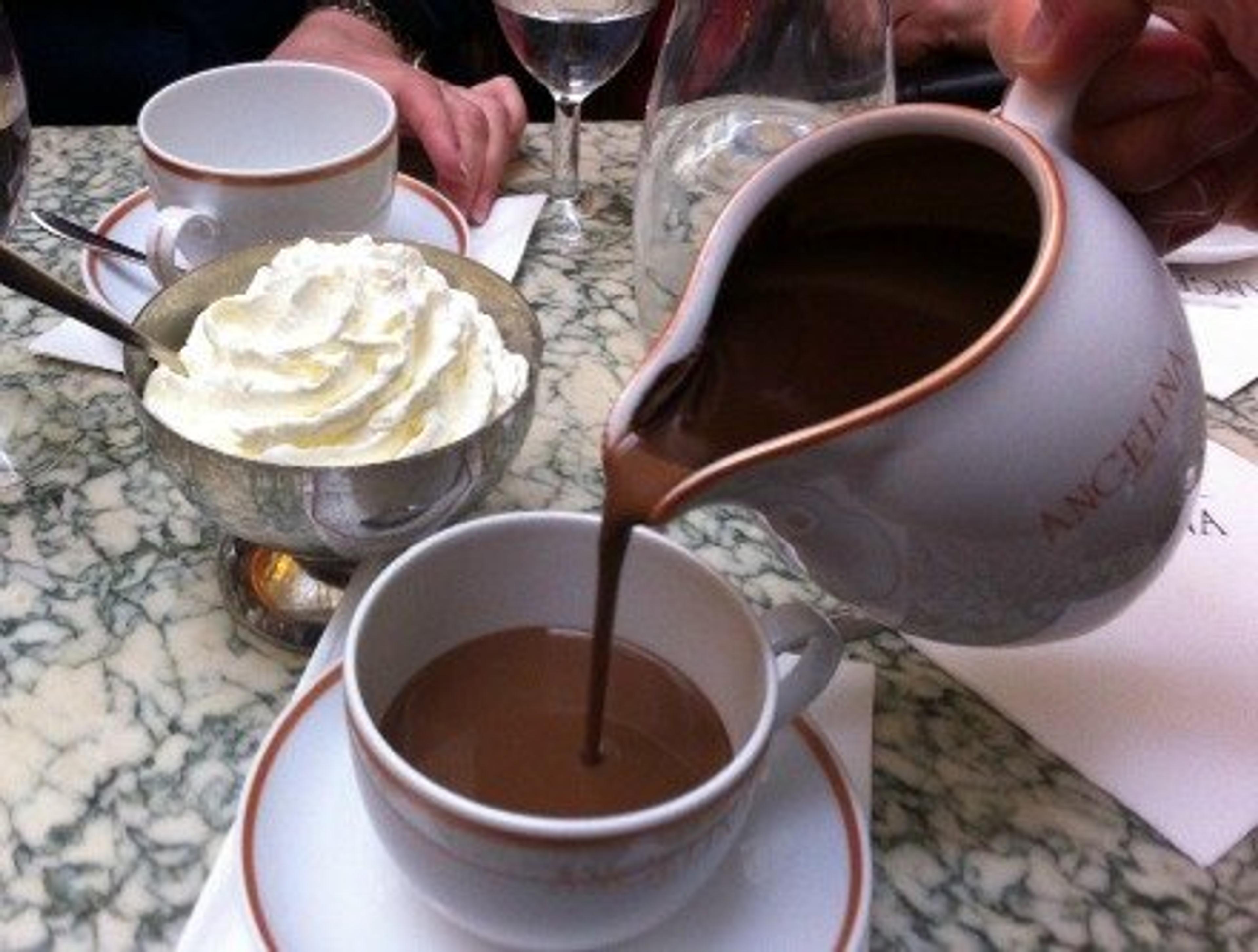The first in a lifetime of epic adventures to be had together, here at House of Coco we think honeymoons should start as you mean to go on. Which is why we weren’t surprised to hear our favourite Royal couple have reportedly chosen the remote yet action-packed African country of Namibia for their post-wedding escape. With starkly beautiful, almost otherworldly scenery, a dreamy desert dune-scape, self-drive safaris and ultra-remote luxury lodges to escape to, it offers endless opportunity for adventure. If camping out under an inky, star-filled sky listening to the sounds of the African night sounds like your idea of romance, here are 5 reasons you should make like Meghan and head to Namibia for your honeymoon…
https://www.instagram.com/p/BbK0bwWlbsk/?taken-by=etoshaexplorer
1. Self-Drive Safaris
Anyone that has seen the iconic film ‘Out of Africa’ will know there’s something especially seductive about an African safari. Namibia boasts not just all the Big Five: lions, elephants, buffalo, leopards and rhinos, both black and white, but the chance to see rare desert-adapted elephants, rhino and lions. Better yet, with a well-established network of flat open roads, and easy viewing spots around waterholes in the dry season, you can drive yourself through National Parks like Etosha, stopping to spot wildlife in your own time, just the two of you.
https://www.instagram.com/p/Bg4LzIogQbd/?taken-by=travelhush
2.#Vanlife
A campervan might not seem like the most romantic idea, but it is undeniably the best way to fully experience Namibia’s most remote, and arguably most beautiful landscapes. Imagine parking up at a hidden spot in the shadow of a desert rock formation, hundreds of miles from civilization. Namibia may be one of the safest countries in Africa, but you’ll have to prove you can work as a team to cook over a campfire and survive nights in the wild. While you might have to forgo a shower for a few days, it couldn’t be more worth it to drift off together in your rooftop tent, looking out over the Milky Way. #Vanlife done just right, in our book.
https://www.instagram.com/p/BfgtEmJgLR_/?taken-by=travelhush
3. Remote Luxury Lodges
While we’re all for the campervan experience and loved the freedom of life on the road, Namibia also boasts some seriously luxe lodges and hotels, in some of its farthest-flung corners. If you’re looking to break up your trip, why not treat yourself to a night in one of these luxury outposts, here are #TeamCoco ‘s favourites:
- Ongava Tented Camp, Ongava Private Game Reserve, Etosha
- Mowani Mountain Lodge, near Twyfelfontein, Damaraland
- Doro Nawas Camp, Damaraland
- Woldwedans Dune Camp, NamibRand
- Little Kulala, Sossusvlei
- Desert Rhino Camp, Damaraland
https://www.instagram.com/p/_mKQnTweFT/?tagged=woldwedans
4.Dreamy Desert Scenery
No trip to Namibia would be complete without seeing the ochre desert dunes at Sossusvlei in the Namib-Naukluft National Park. Hike to the top of ‘Big Daddy’ (the second largest dune in the world) at dawn for maximum bragging rights, before running down the sand dune to the hauntingly beautiful Deadvlei below where petrified trees stand stark against a white salt pan. Besides hiking and exploring the dunes, there’s everything from four-wheel driving to desert safari’s, horseback riding and even sunrise balloon trips. Swoon.
https://www.instagram.com/p/BiKSXjmAPe7/?utm_source=ig_embed
5. Get Off-the-grid
Perhaps the most priceless part of any honeymoon in Namibia is the opportunity to truly be alone together – most hotels don’t have wifi and there is zero 3G so prepare to truly disconnect from the outside world – a particularly precious factor if your other half is always working. The second least densely populated country on earth – it’s astonishing how few people you’ll find, perfect for honeymooners who value their privacy as an ultimate luxury.
https://www.instagram.com/p/BiL3n-bFeSd/?tagged=sossusvlei




